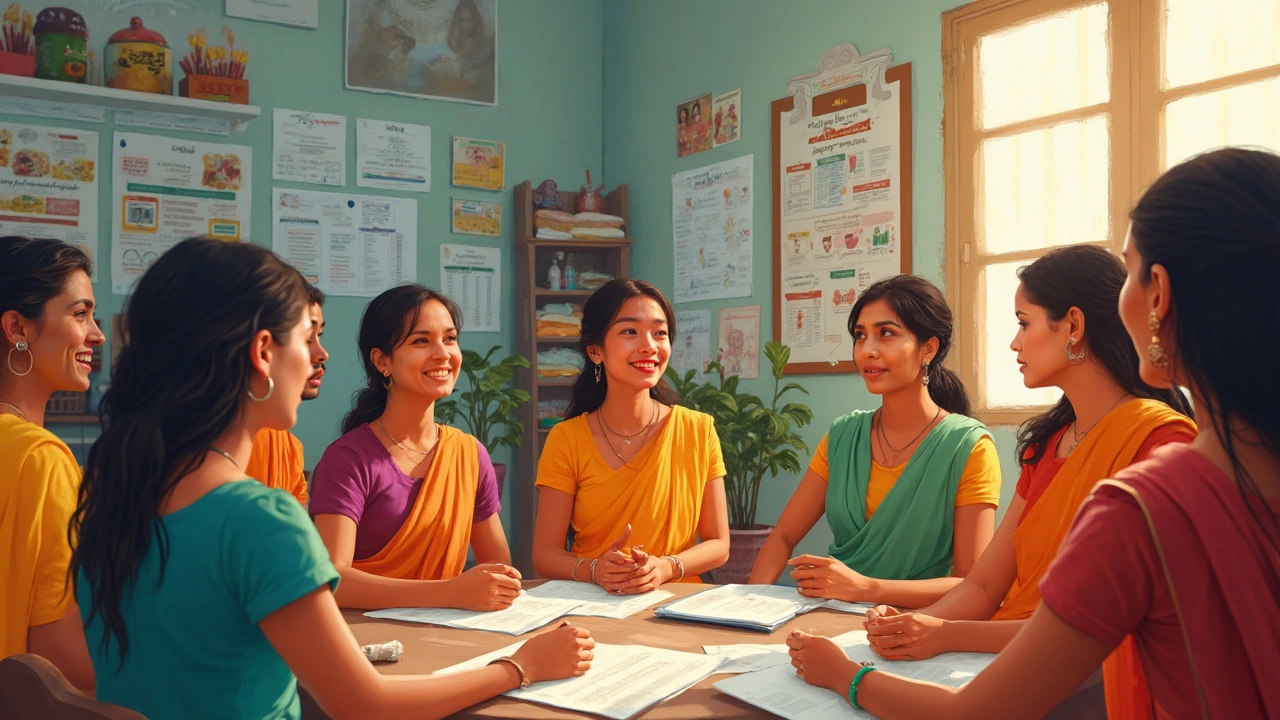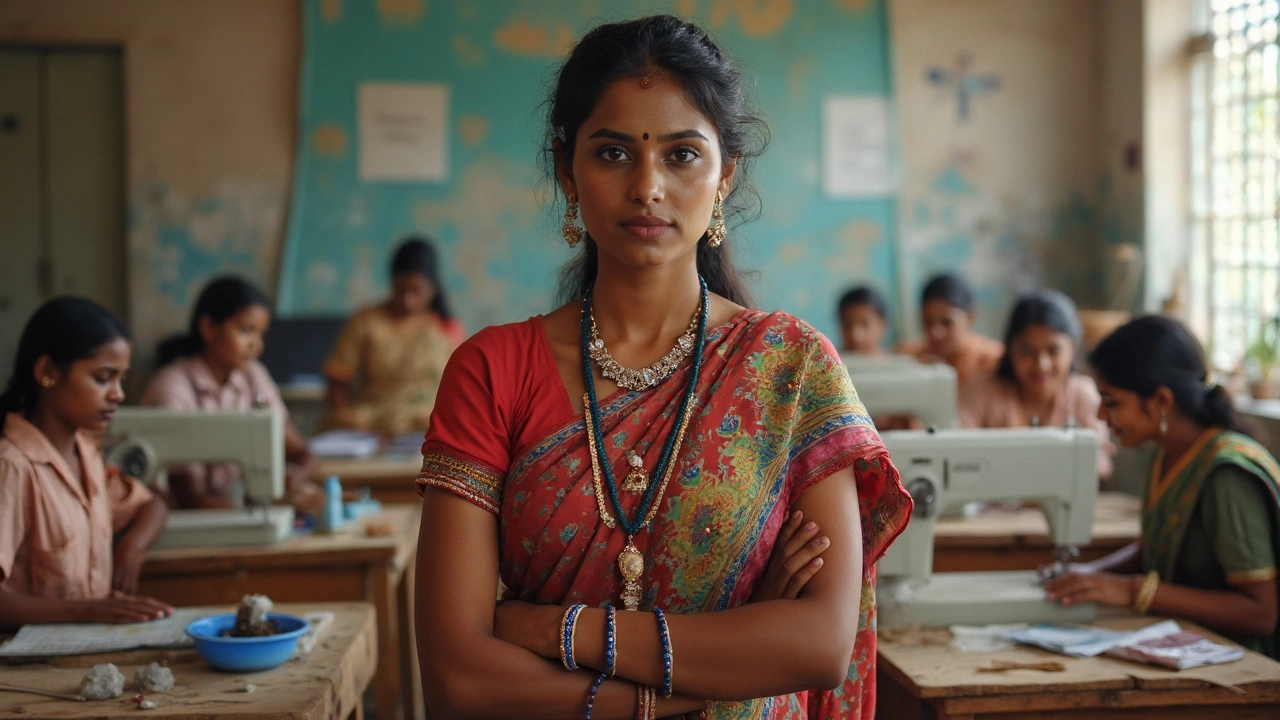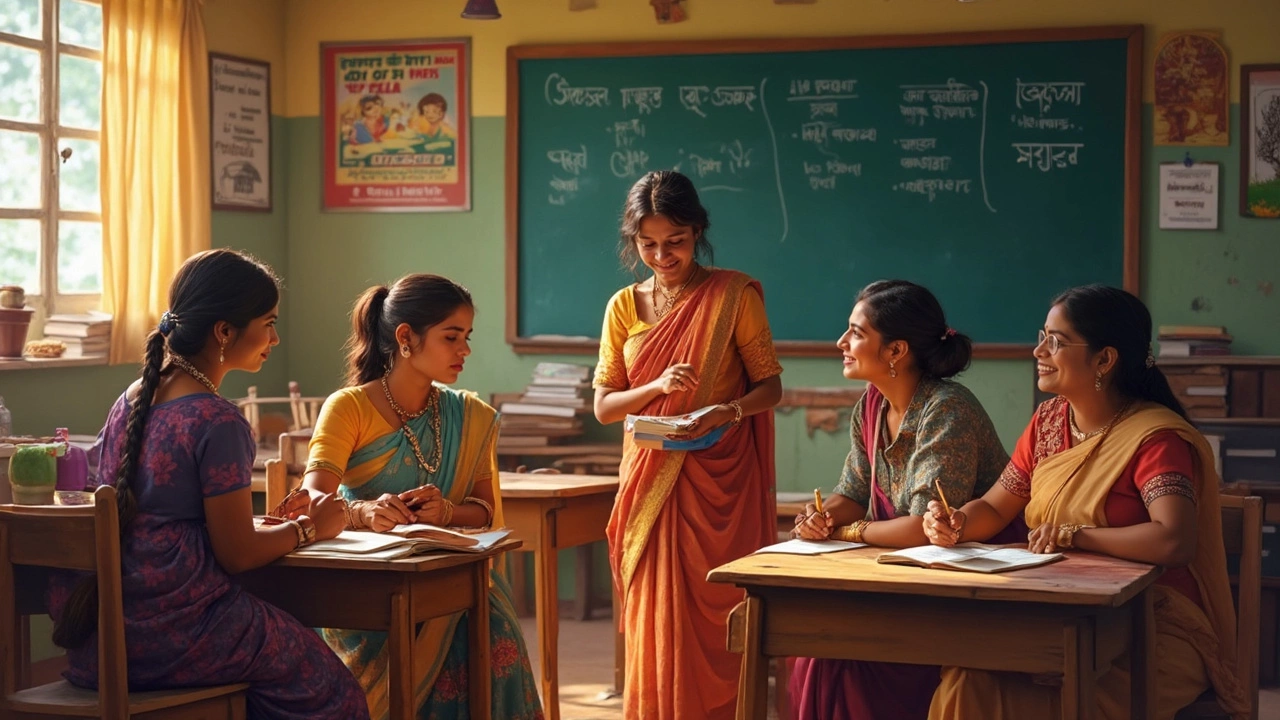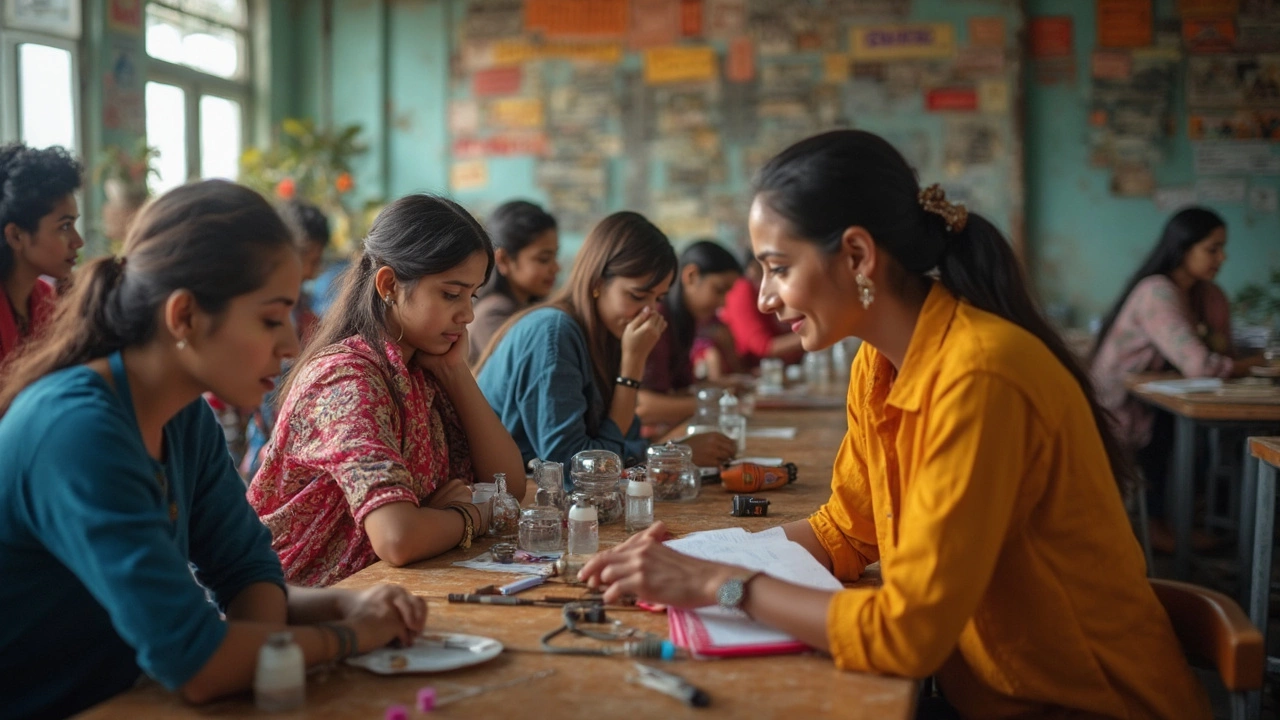Hey, have you ever thought about how crucial vocational training is for women today? It seems like such a straightforward idea, but it's packed with potential for massive change. Vocational training isn't just about learning a skill; it's about opening doors to financial independence and self-confidence. For many women worldwide, it's the key to breaking the cycle of poverty and inequality.
But here's the kicker—despite its importance, many women still face huge hurdles in accessing these opportunities. Whether it's cultural norms, family responsibilities, or lack of resources, too many women are held back from developing the skills they need. Imagine the untapped potential just waiting to be unleashed!
- The Importance of Vocational Training
- Barriers Women Face
- Successful Initiatives and Programs
- How to Support Women's Training Opportunities
The Importance of Vocational Training
Alright, so let's chat about why vocational training matters so much for women. Think about this: around the globe, women are often stuck in low-paying jobs with little opportunity for advancement. It's a cycle that's tough to break, but vocational training offers a real shot at change. By gaining practical skills, women can access new career paths, leading to better pay and stability.
Here's a cool fact: a study showed that women who completed vocational training programs saw a 50% increase in their income compared to those who didn't. That's not just a statistic—it's a life-changer. For many, it means putting food on the table, sending kids to school, and finally having a say in financial decisions.
Beyond the paycheck, there's something equally important at play—confidence and independence. When women learn in-demand skills like coding, healthcare support, or digital marketing, it not only boosts their self-esteem but also garners respect in their communities. Suddenly, they're not just participants in the workforce—they're leaders.
| Country | Women Enrolled in Vocational Training (%) | Income Increase Post-Training (%) |
|---|---|---|
| India | 25 | 40 |
| Nigeria | 30 | 45 |
| Brazil | 35 | 50 |
But let's be real, right now the access to these programs is uneven. In some places, there are fantastic opportunities, while in others, they're nearly non-existent. It's critical for communities and governments to recognize the role education and empowerment play in breaking down these barriers.
So, what’s the takeaway? Vocational training is a game-changer for women's rights. It's not just about skills; it's about transforming lives, one course at a time.
Barriers Women Face
When it comes to access to vocational training, many women hit walls that seem impossible to climb. Let's be real: cultural norms are one of the biggest blockers. In some places, traditional roles and expectations prioritize family duties over personal development, which means vocational training gets pushed aside.
But that's not all. There's also the issue of resources. Think about it—if you can't afford the fees or don't have transportation to get to the training center, how are you supposed to learn? Many women just don't have the financial or logistical means to join these programs, even if they're eager to do so.
And then there's the tech gap. In today's digital age, not having access to a computer or the internet can make it super tough to enroll in online courses. For rural communities especially, this can be a game changer—or a deal-breaker.
Plus, ever heard of the confidence gap? It's real. Women often underestimate their abilities compared to men, leading them to shy away from pursuing vocational training that could change their lives.
Here's some eye-opening data:
| Barrier | Percentage of Women Affected |
|---|---|
| Lack of financial resources | 60% |
| Cultural and family obligations | 50% |
| Limited technological access | 40% |
Addressing these issues isn't just about offering training opportunities, but also tackling the bigger structural problems that keep women out. Creating more inclusive and accessible programs can help start tipping the scales in the right direction.

Successful Initiatives and Programs
Alright, let's talk about some cool programs making waves in the world of vocational training for women. These initiatives are not just ticking boxes; they're genuinely changing lives. One standout program is SheTrades by the International Trade Centre. This global initiative aims to connect three million women entrepreneurs to market opportunities by 2025. It’s all about boosting women's participation in trade and helping them grow their businesses.
In India, the National Skills Development Corporation (NSDC) has been working tirelessly to provide women with accessible skill development everywhere, from rural areas to urban centers. Partnering with organizations, they've set up training centers that focus on sectors like textiles, healthcare, and IT. The result? Thousands of women armed with new skills, ready to step into the workforce.
Then there's the Beauty Without Borders program. Sounds neat, right? It's a one-of-a-kind initiative aimed at refugee women, providing them with skills training in the beauty industry. Funded by several international NGOs, this program not only helps women gain financial independence but also brings communities together, encouraging mutual understanding and support.
Here's something interesting—a study revealed that women who participate in vocational training are 50% more likely to find sustainable employment within six months compared to those who don't. That's the power of such programs!
Also, keep an eye on local grassroots movements focusing on craft and traditional skills. These often forgotten sectors hold great potential for job creation and empowerment, especially in regions rich with cultural heritage. Through these initiatives, women are reviving traditional arts, making them trendy again, and showcasing them globally.
How to Support Women's Training Opportunities
Okay, so you've got the itch to make a difference in boosting women's access to vocational training. That's fantastic! There are a bunch of ways you can get involved and help move the needle on this important issue.
First off, it's all about awareness. Educating yourself and others about the barriers women face in accessing vocational training is step one. Share articles, host discussions, or just talk to your friends about it. The more people understand these challenges, the more pressure we can put on decision-makers to change things.
Next, consider supporting organizations that are already doing amazing work in this field. Lots of nonprofits and NGOs focus on providing education and training programs tailored for women. Whether it's through donating money, volunteering time, or offering your expertise, there's a spot where your contribution can make a real impact.
Also, think about advocating for policy changes. Get your local representatives involved in the conversation about vocational training for women. Encourage them to support policies that remove barriers to education, like childcare assistance or transportation subsidies.
If you're part of a business or company, look into establishing partnerships with training programs. Companies can offer internships or apprenticeships specifically for women coming from these programs. Plus, this helps bridge the gap between learning and employment.
Finally, if you're into numbers, check this out:
| Region | Women in Vocational Training (%) |
|---|---|
| North America | 43 |
| Europe | 51 |
| Sub-Saharan Africa | 28 |
These figures show a disparity, and we can work to change that. Everyone can pitch in to enhance training opportunities and create a more equitable playing field for women across the globe.



